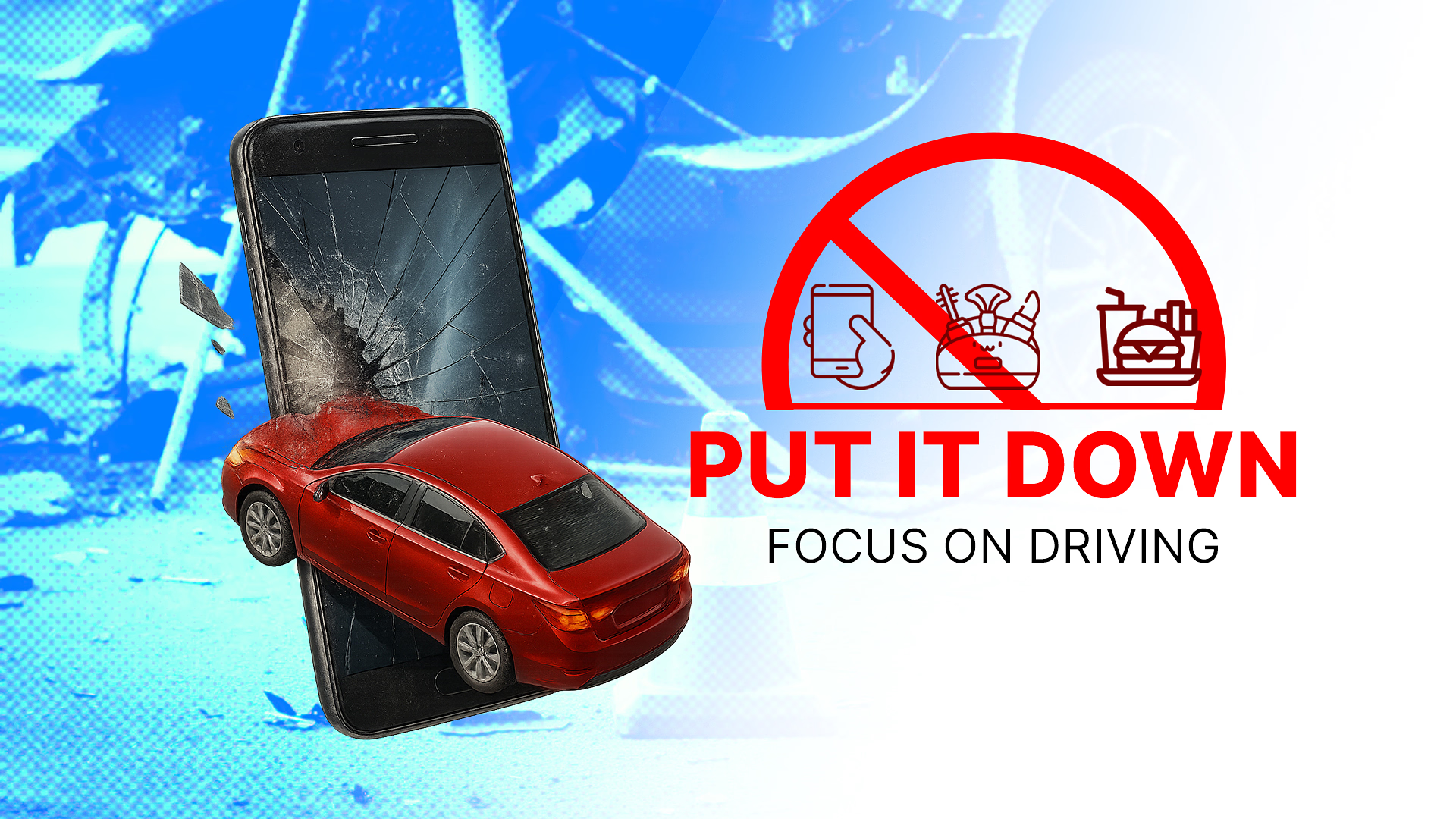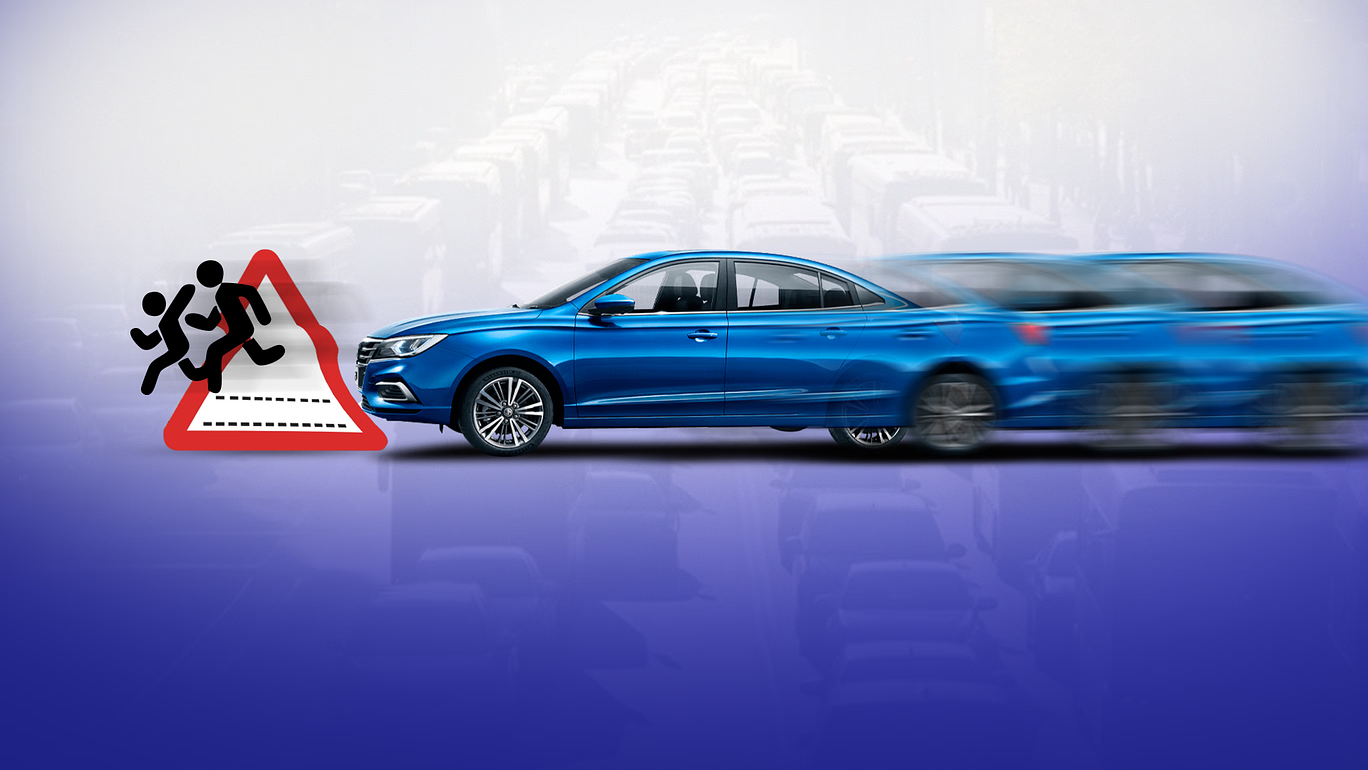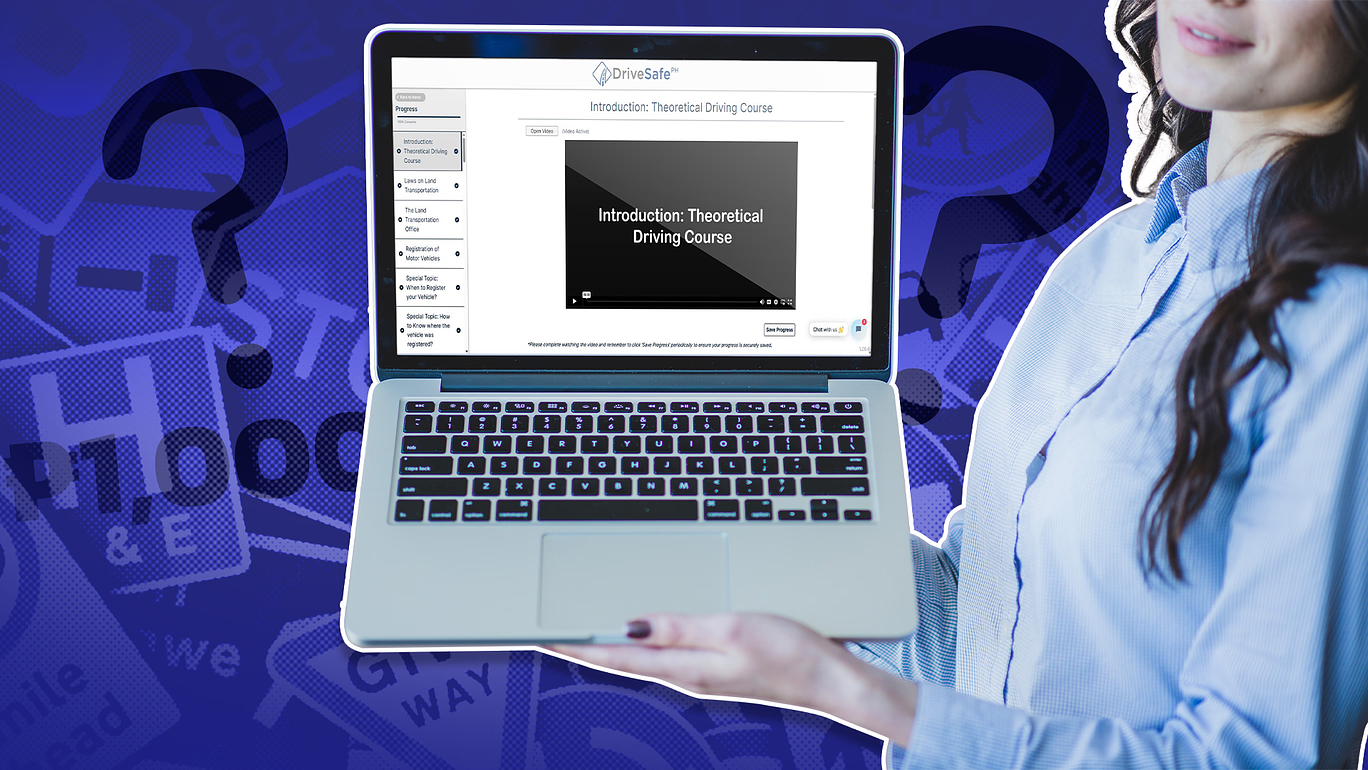Distracted driving has become one of the most dangerous habits on Philippine roads. Mobile phone use is so common that many drivers don’t even realize they’re violating the law, until they get caught or cause a serious accident.
To address this issue, Republic Act No. 10913, also known as the Anti-Distracted Driving Act (ADDA), was passed. It sets clear limits on gadget use while operating a vehicle. This law applies across all vehicle types and aims to reduce distractions that can lead to collisions, injuries, and fatalities.
Prohibited Acts Under the Anti-Distracted Driving Act
The law strictly prohibits any use of mobile communication devices and other electronic entertainment and computing gadgets while driving. This includes:
- Texting
- Calling without a hands-free setup
- Playing music or videos
- Taking photos or videos
- Browsing social media
- Using GPS or navigation apps if the phone is held by hand or obstructs the line of sight
Even if you’re stopped at a red light or stuck in bumper-to-bumper traffic, you are still considered “in operation.” That means the restrictions still apply.
The only exceptions are for emergencies, such as calling an ambulance, fire department, or police. Built-in dashboard systems that do not require handheld interaction are allowed, as long as they do not block the driver’s view.
Devices Must Not Obstruct the Driver’s View
The law also introduces the “line of sight” rule. Even if you’re using a phone mount or hands-free device, it cannot block your front view of the road. Mounting your phone in the middle of the windshield or in front of the steering wheel is not allowed. Acceptable positions include the dashboard or lower corners of the windshield.
Who Is Covered?
This law applies to:
- Private vehicle owners
- Public utility vehicle drivers (jeepneys, buses, taxis)
- Motorcycle and scooter riders
- Government drivers
- Even those using bikes or non-motorized vehicles, if they are on a public road
The law does not distinguish between vehicle type or license classification. If you’re driving on a public road, the rule applies.
Enforcement and Monitoring
Enforcement falls under the Land Transportation Office (LTO), Philippine National Police – Highway Patrol Group (PNP-HPG), and local traffic enforcement units. CCTV footage, dashcams, and even traffic enforcers on foot can be used as basis for issuing violations.
Some LGUs are also now using no-contact apprehension programs (NCAP), where motorists receive violation notices via mail based on captured images or videos.
Penalties for Violators
Penalties for distracted driving increase with each offense:
- First offense: ₱5,000
- Second offense: ₱10,000
- Third offense: ₱15,000 and a 3-month driver’s license suspension
- Fourth offense and above: ₱20,000 and revocation of driver’s license
For public utility drivers, additional penalties may apply such as suspension of franchise or route permits.
Common Misunderstandings
A common belief is that using your phone while at a full stop is allowed. Under this law, that’s incorrect. As long as your engine is running and you are on the road, you are still considered to be operating the vehicle.
Another frequent misunderstanding is that riders on motorcycles can answer a phone call using earphones. This is also not allowed unless a hands-free system is installed and doesn’t interfere with hearing traffic sounds.
Some drivers assume the law only applies to texting or calling. However, the law covers a broader range of actions, including video recording, taking selfies, and mobile gaming.
Why This Law Exists
The Anti-Distracted Driving Law was not created simply to limit gadget use. It was implemented because distracted driving is deadly. According to government data, hundreds of road accidents each year are linked to mobile phone use.
Studies show that looking away from the road for even two seconds doubles your risk of crashing. Unlike other causes of accidents, like weather or road conditions, this one is entirely avoidable.
Tips to Avoid Violations
- Mount your phone properly before driving
- Enable voice commands or use Bluetooth systems
- Set your playlist or navigation before leaving
- Keep your focus on the road, not your screen
- Educate your passengers so they don’t distract you either
Every call or message can wait—your safety and the safety of others absolutely cannot. Know the law, follow it, and make it a habit to drive with full focus. Distractions cost more than just fines. They can cost lives.
For the latest updates on transport policies, road safety measures, and driving education, connect with DriveSafe PH:
✔ Follow us on Facebook for real-time updates: https://www.facebook.com/drivesafeacademy
✔Be a responsible and safe driver—Enroll in our OTDC: https://main.drivesafe.ph/find-driving-school



